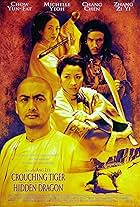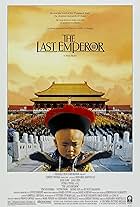Hsuan Tsang or Xuanzang is mentioned in early historical scriptures as of one the first person who journeyed from China via the Silk Road through Central Asia to reach India (or Sindhu as it was referred to then). He documented his travels meticulously and penned down all his escapades as he traversed the treacherous terrains, hills, deserts, monsoon and scorching heat. A child prodigy, Xuanzang entered the Buddhist monastery and was ordained a monk in Mahayana Buddhism at the age of 20. He then mastered Sanskrit and started studying ancient texts. Discovering discrepancies in the available scriptures, at the age of 25, in the year 627AD, he started a solo journey on foot from Chang 'An to India. This was the transition time from the Sui to the relatively peaceful Tang dynasty. His final destination was Nalanda University, in Meghada kingdom.
After three long years, travelling through modern-day Kazhakstan, Kyzhegistan, Uzbekistan, Afghanistan, Lahore and Delhi, he reached his destination. He is the first person to have described the Hindu kingdom to be extending as far as Afghanistan.
He describes all the places that he visited within India. He told about how people live, the social norms and their dietary peculiarities. After learning at Nalanda University, he makes his teachers proud by winning an interfaith debate organised by King Varsha during Kumbh Mela in the holy city of Prayag (modern-day Allahabad). After 19 long years, traversing through 110 countries and walking 25,000 km, Xuanzang returned to Chang 'An with a wealth of knowledge and scriptures.
The film is recommendable for its infotainment value. It brings to light of mesmerising natural landscapes and buildings that most of us will not have a chance to witness in our lifetimes. Many of the magnificent shrines and temples that existed at the time of his visit are still standing today. One such majestic structure is Ajanta Caves.
In the early 5th century AD, another Buddhist scholar from China named Faxian made a similar trip to India. He visited India during the reign of a Hindu dynasty, Chandragupta II, and reached Gautama Buddha's birthplace of Lumbini to obtain Buddhist scripts. He also visited Pataliputra, a Buddhist stronghold (Maurya's kingdom). Faxian, however, continued his journey to Ceylon. He described the island as a land of demons. He returned to China via sea. His boat went off course to Java and again swept off to Shandong on a second trip back to China.
With so much ease of acquiring knowledge through the plethora of portals available to us, we still have the inertia to go the extra mile. These two extraordinary figures risked their time and life to acquire and disseminate the wealth of knowledge to generations after them. Holding on to compasses in their hands, faiths in their heart as well as the stars above their heads as markers, they ventured into unknown territories. Come what may!






























